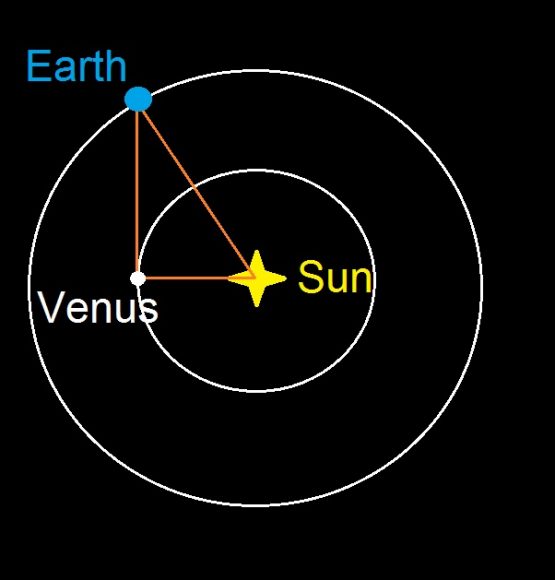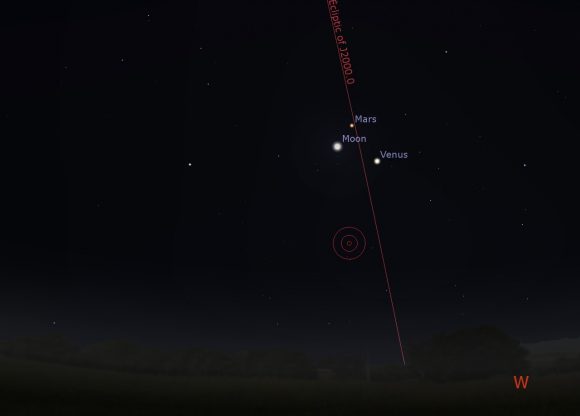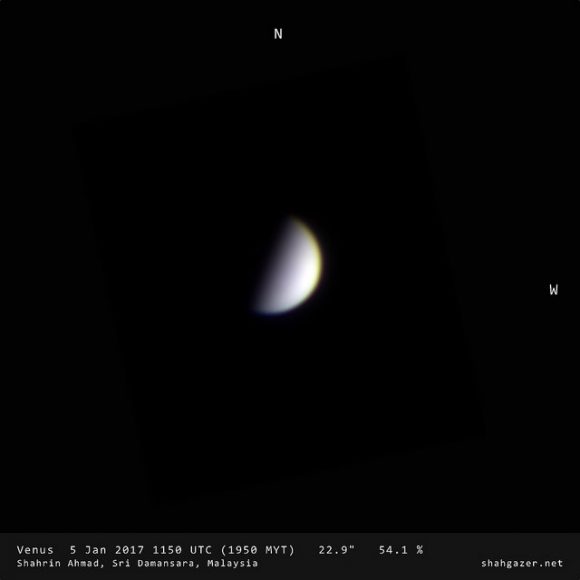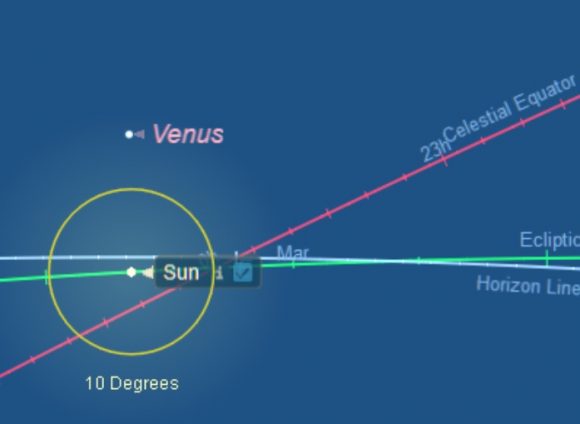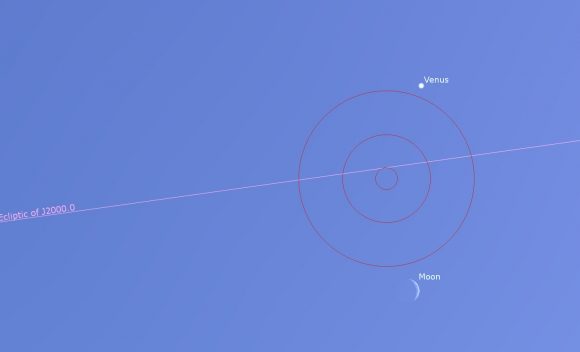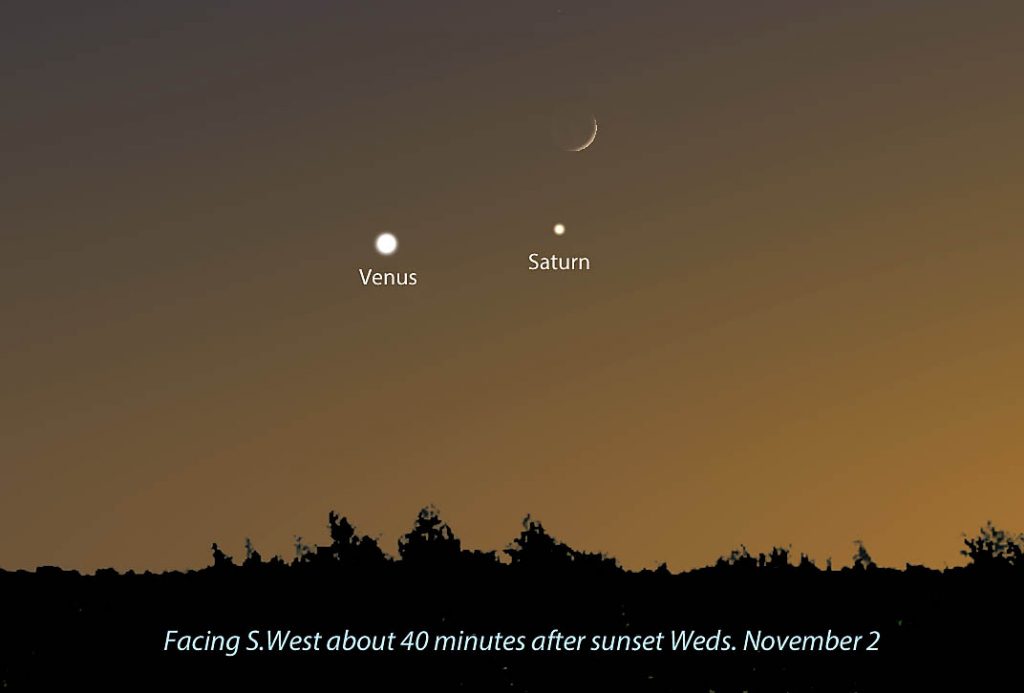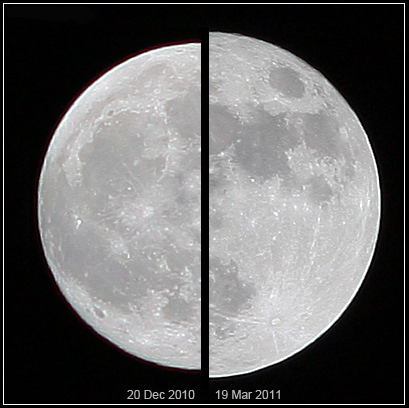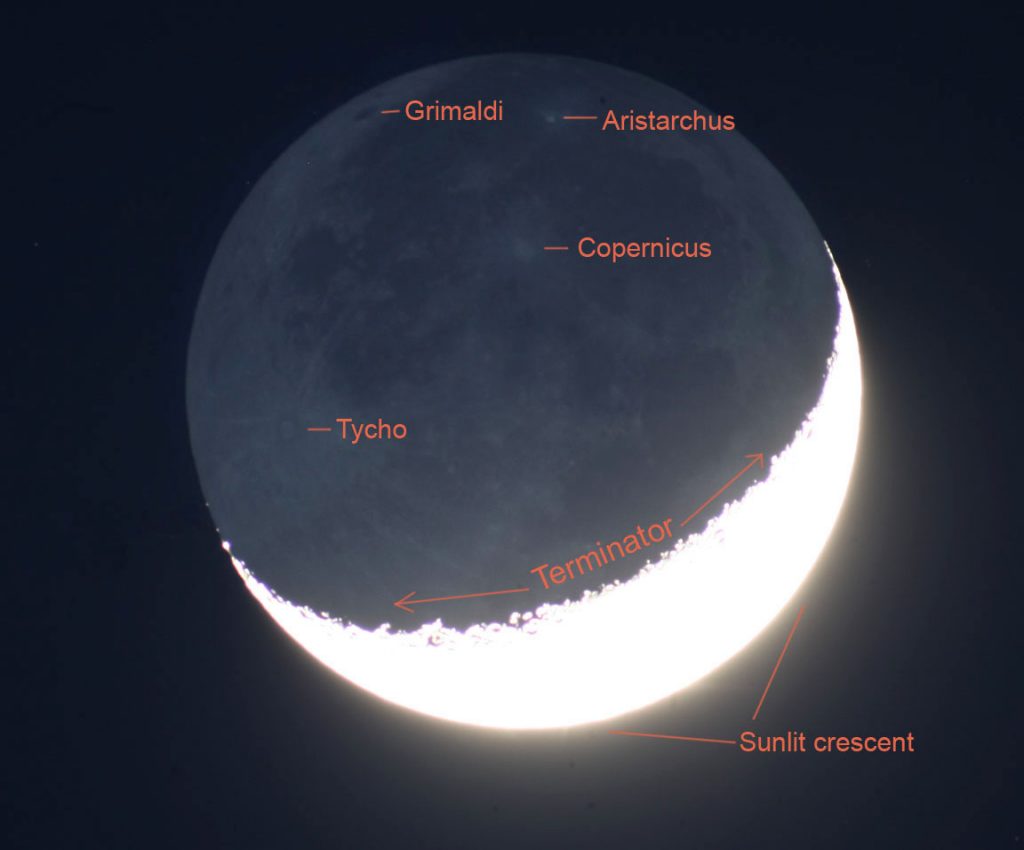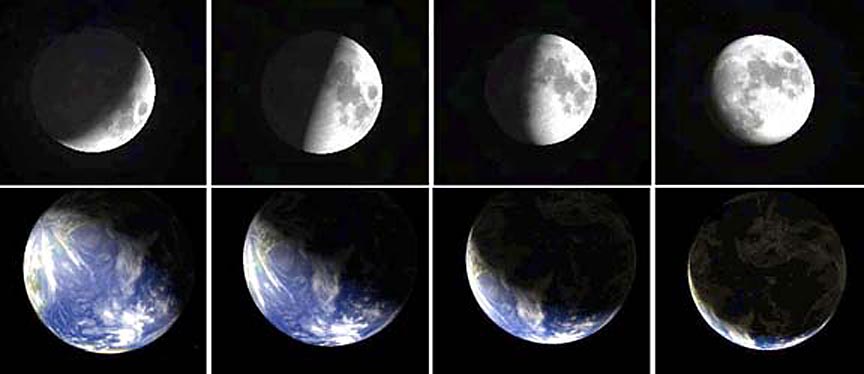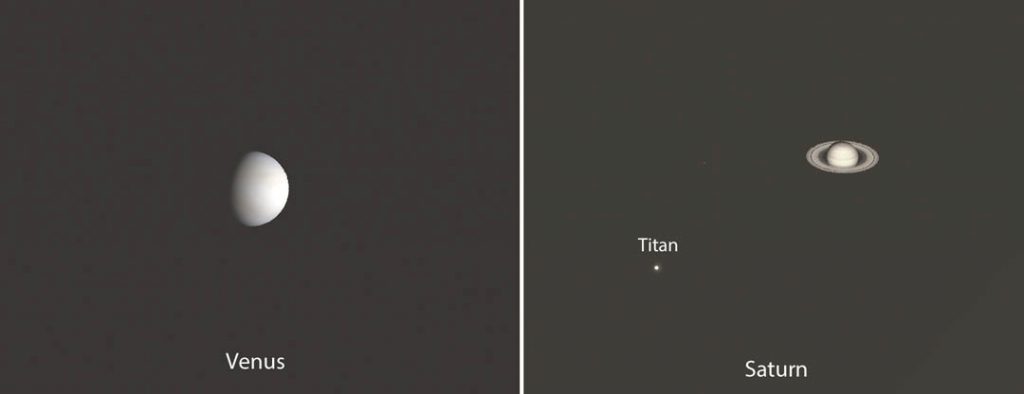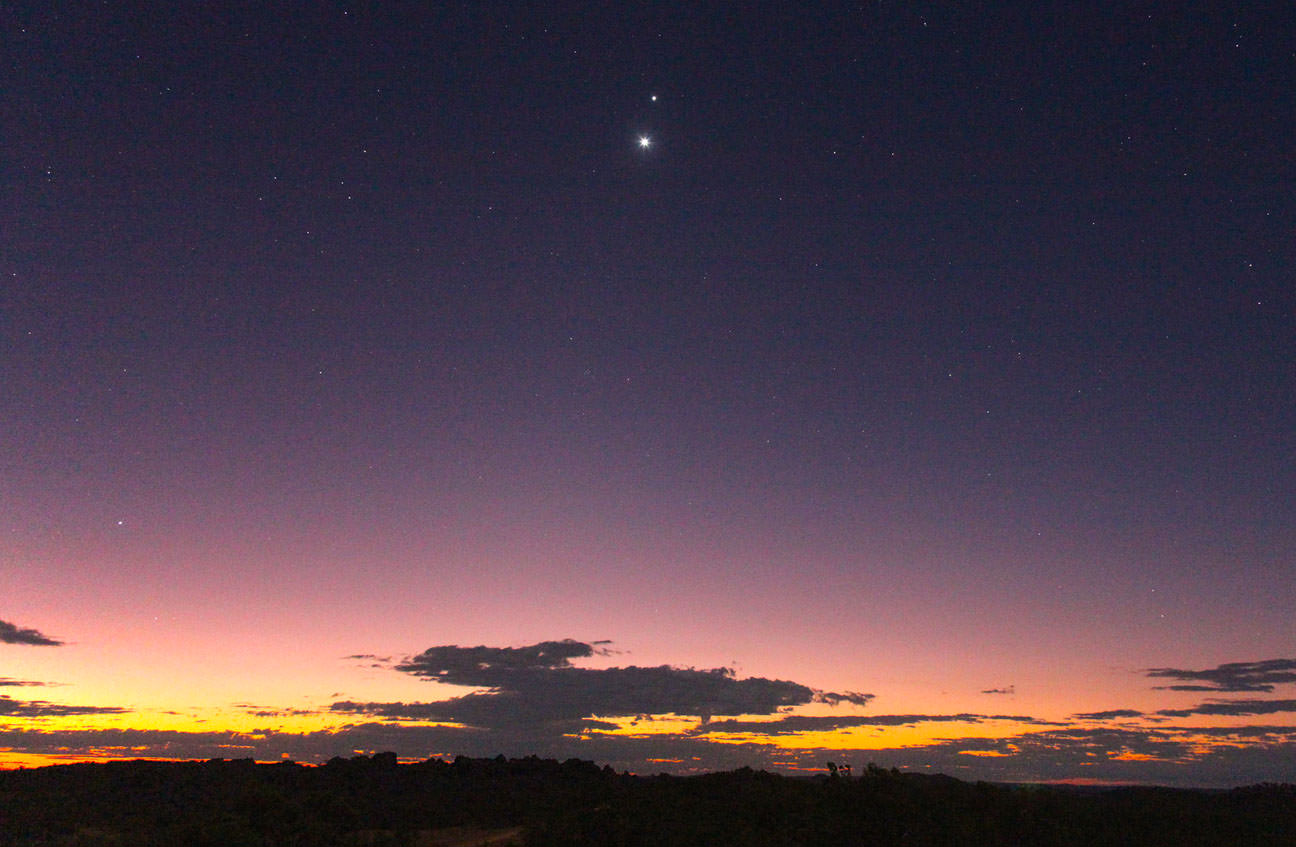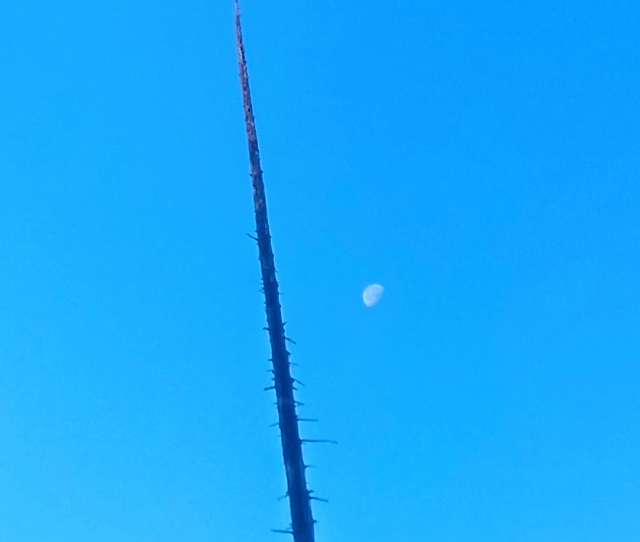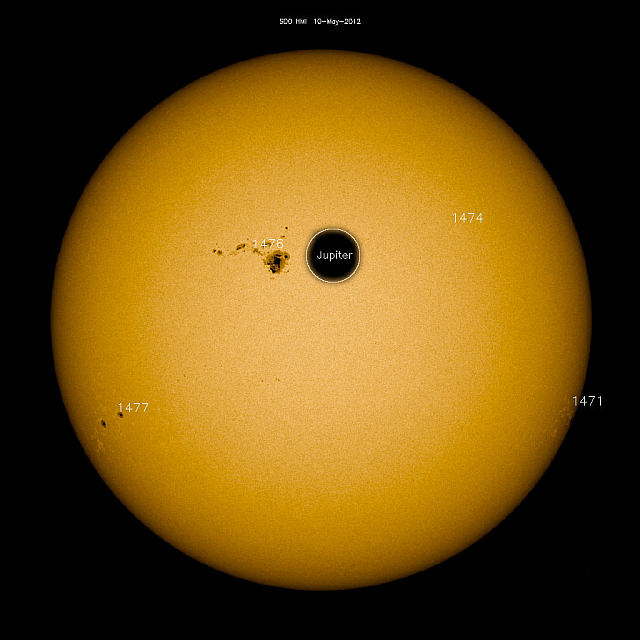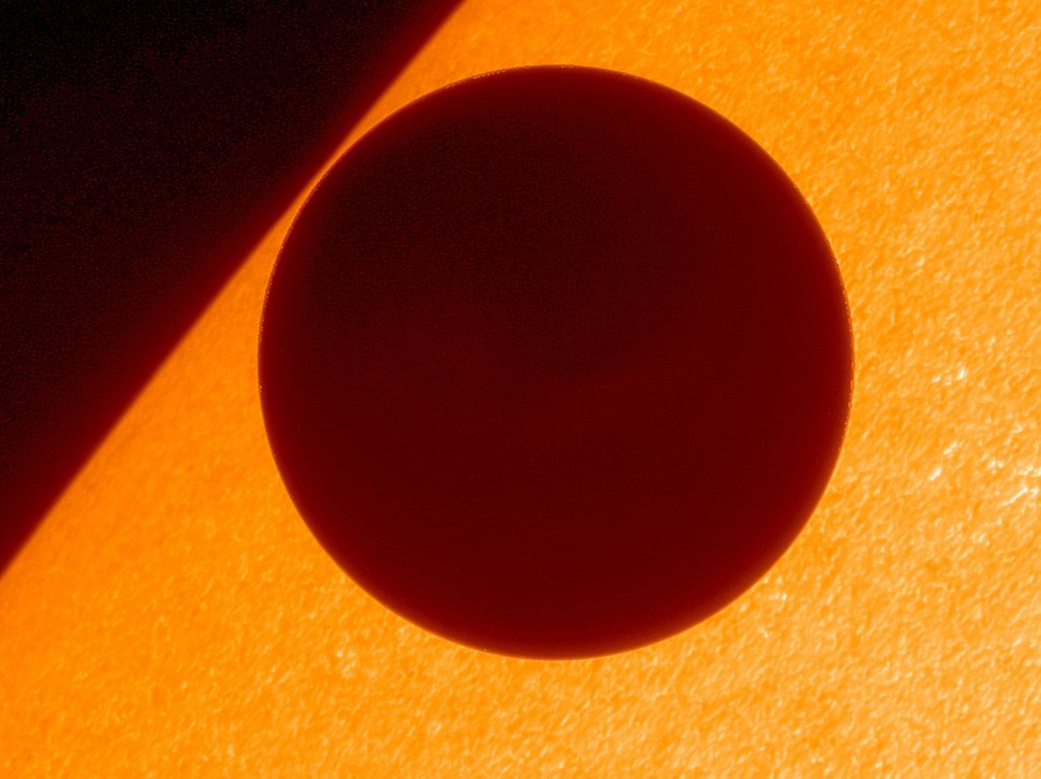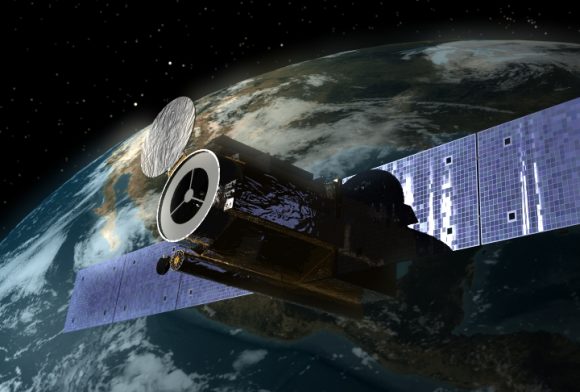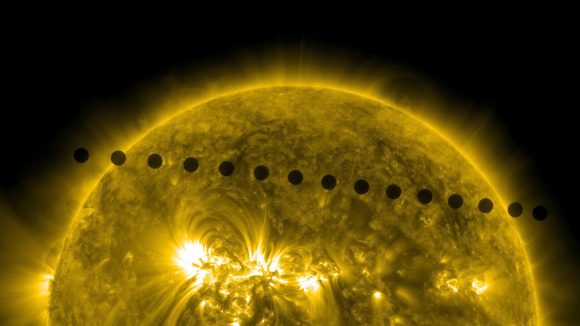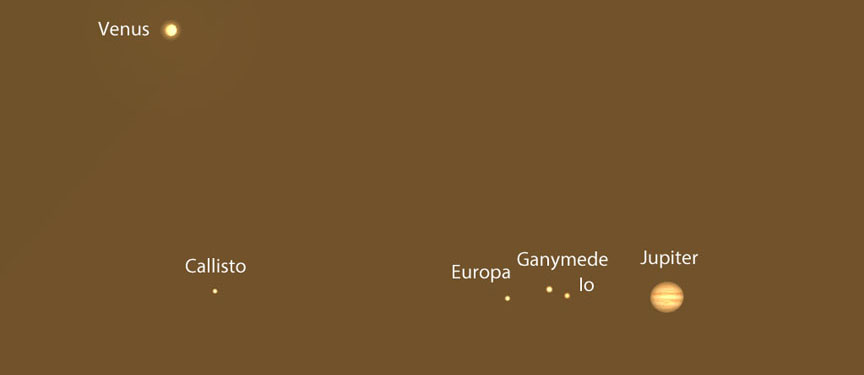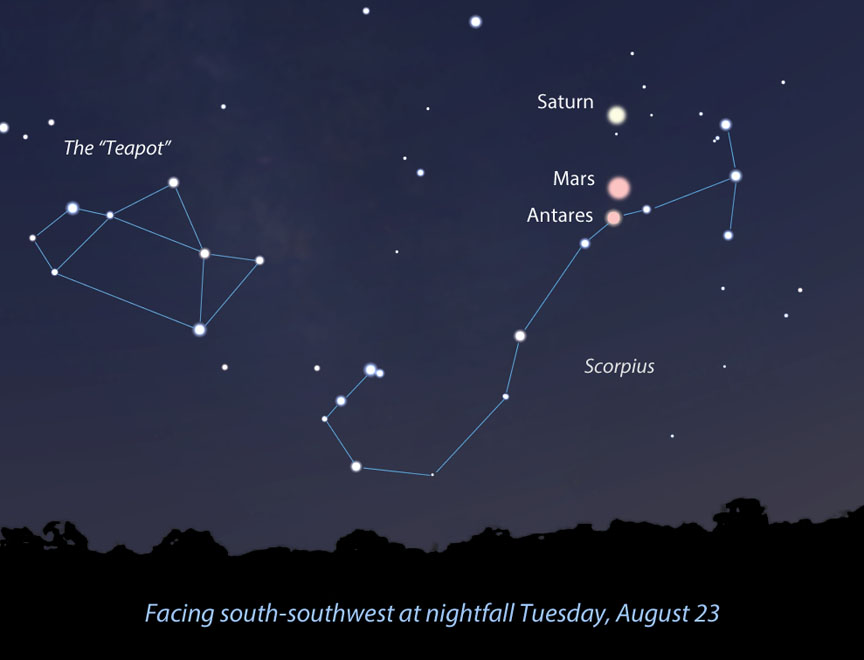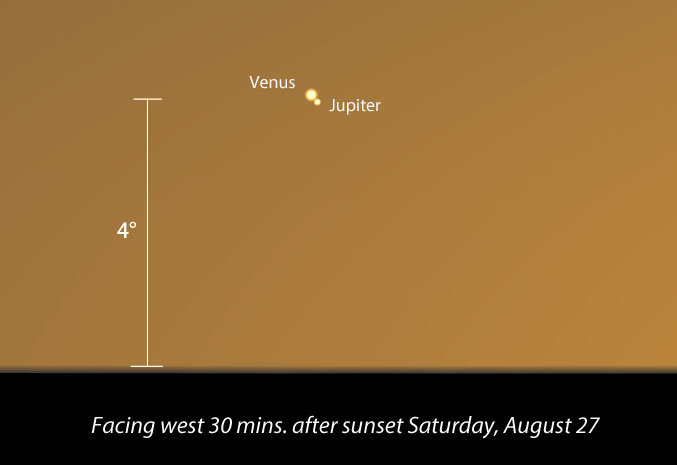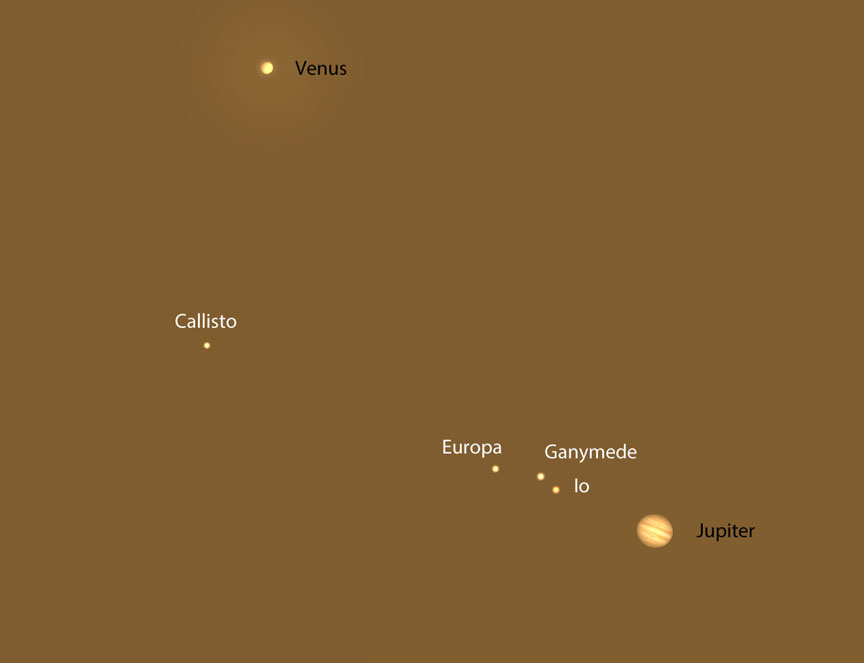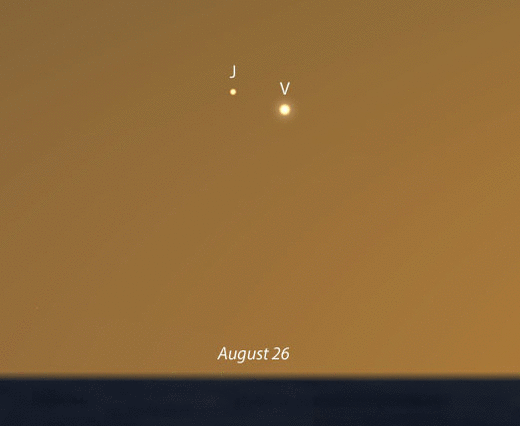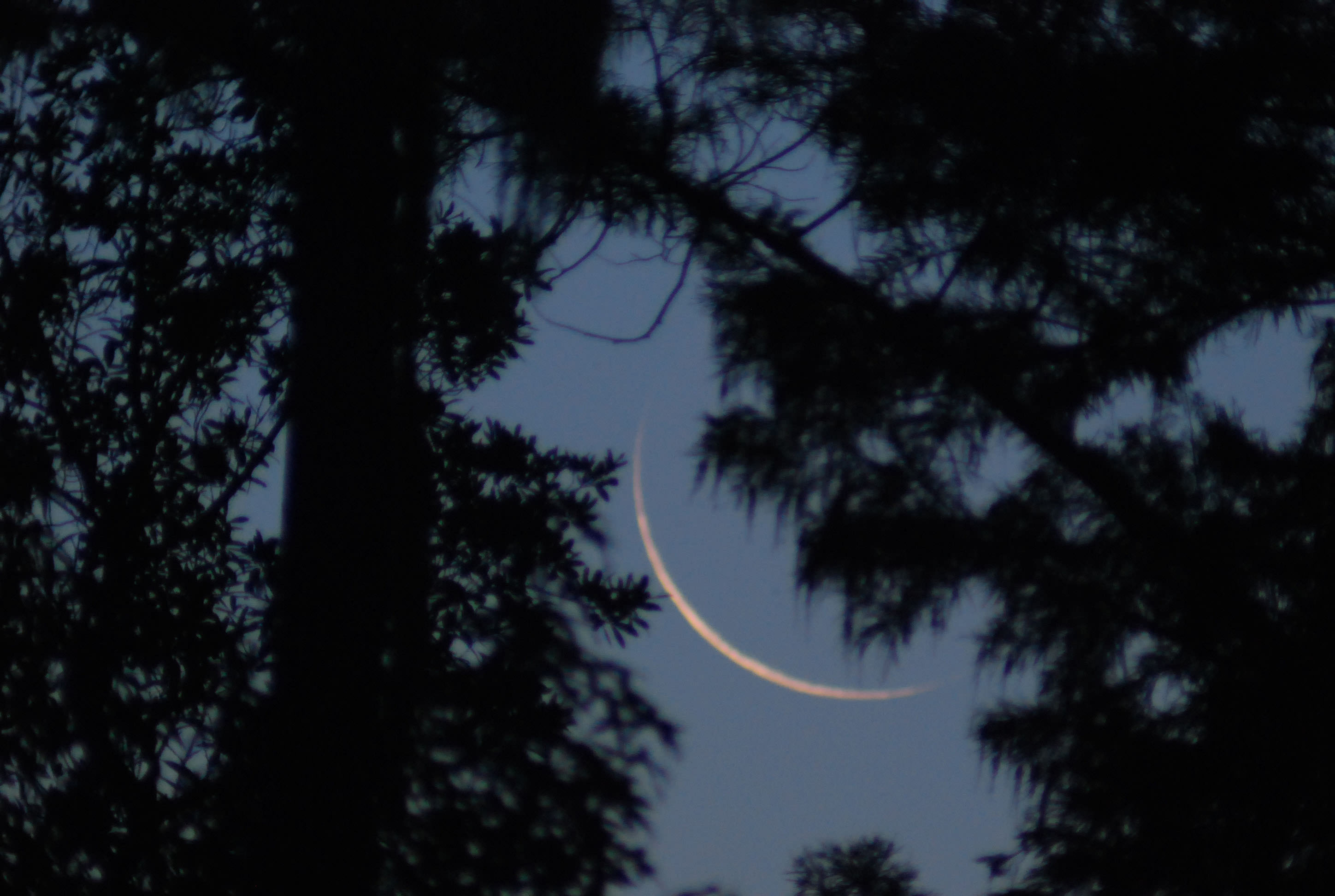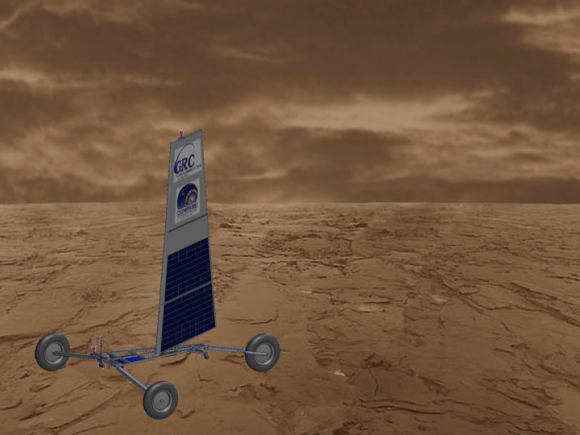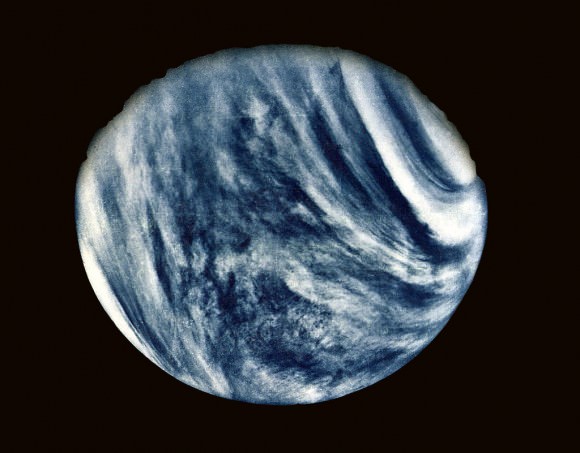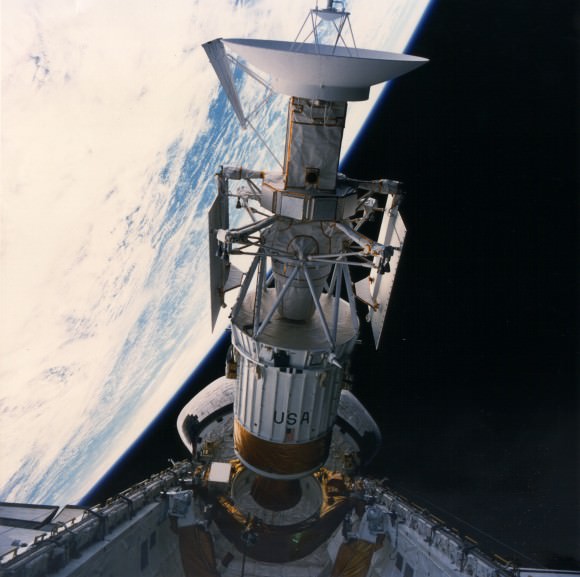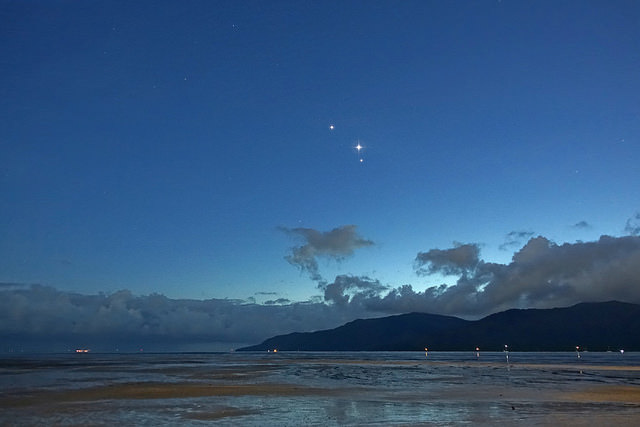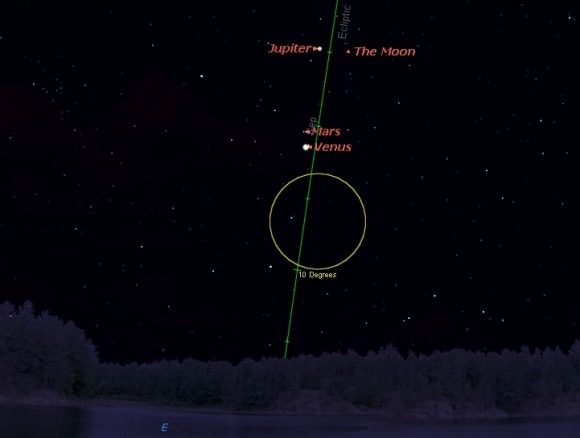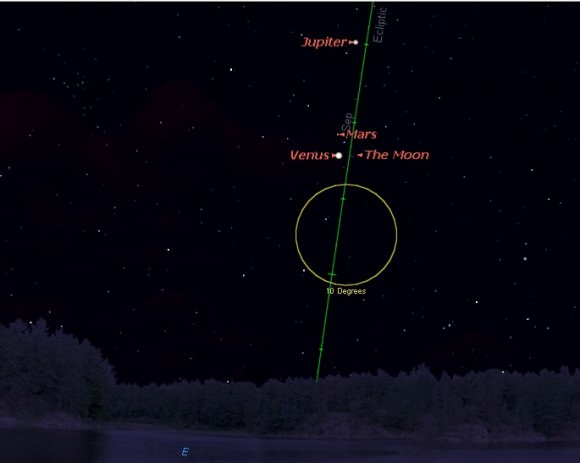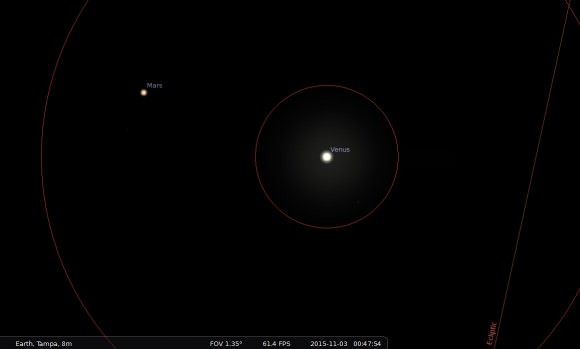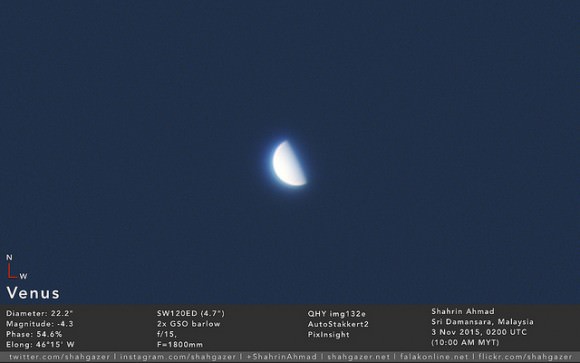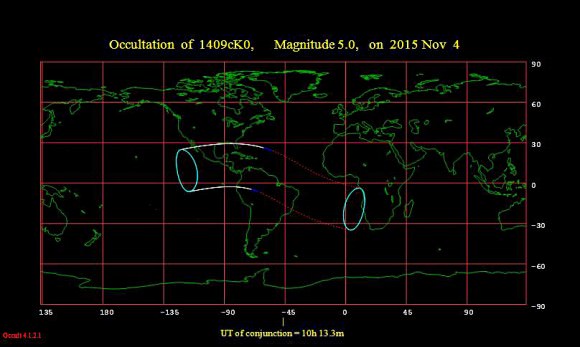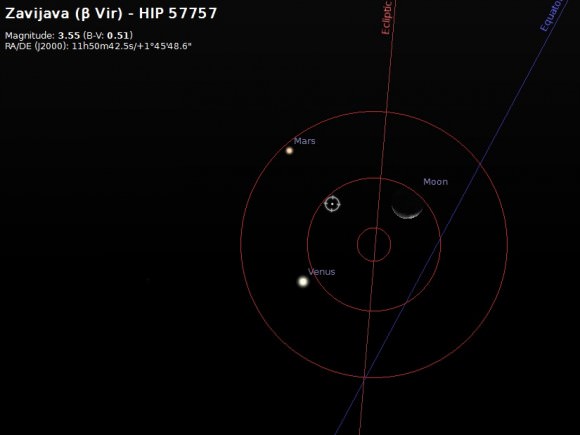Venus is often referred to as “Earth’s Sister” planet, because of the various things they have in common. For example, both planets reside within our Sun’s habitable zone (aka. “Goldilocks Zone“). In addition, Earth and Venus are also terrestrial planets, meaning they are primarily composed of metals and silicate rock that are differentiated between a metallic core and a silicate mantle and crust.
Beyond that, Earth and Venus could not be more different. And two ways in which they are in stark contrast is the time it takes for the Sun to rise, set, and return to the same place in the sky (i.e. one day). In Earth’s case, this process takes a full 24 hours. But in Venus’ case, its slow rotation and orbit mean that a single day lasts as long as 116.75 Earth days.
Sidereal Vs. Solar:
Naturally, some clarification is necessary when addressing the question of how long a day lasts. For starters, one must distinguish between a sidereal day and a solar day. A sidereal day is the time it takes for a planet to complete a single rotation on its axis. On the other hand, a solar day is the time it takes for the Sun to return to the same place in the sky.
On Earth, a sidereal days last 23 hours 56 minutes and 4.1 seconds, whereas a solar day lasts exactly 24 hours. In Venus’ case, it takes a whopping 243.025 days for the planet to rotate once on its axis – which is the longest rotational period of any planet in the Solar System. In addition, it rotates in the opposite the direction in which it orbits around the Sun (which it takes about 224.7 Earth days to complete).
In other words, Venus has a retrograde rotation, which means that if you could view the planet from above its northern polar region, it would be seen to rotate in a clockwise direction on its axis, and in a counter-clockwise direction around the Sun. It also means that if you could stand on the surface of Venus, the Sun would rise in the west and set in the east.
From all this, one might assume that a single day lasts longer than a year on Venus. But again, the distinction between a sidereal and solar days means that this is not true. Combined with its orbital period, the time it takes for the Sun to return to the same point in the sky works out to 116.75 Earth days, which is little more than a half a Venusian (or Cytherian) year.
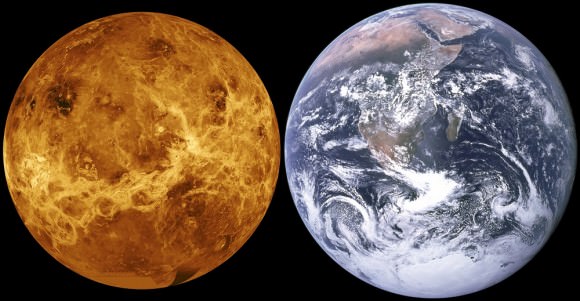
Axial Tilt and Temperatures:
Unlike Earth or Mars, Venus has a very low axial tilt – just 2.64° relative to the ecliptic. In fact, it’s axial tilt is the one of the lowest in the Solar System, second only to Mercury (which has an extremely low tilt of 0.03°). Combined with its slow rotational period and dense atmosphere, this results in the planet being effectively isothermal, with virtually no variation in its surface temperature.
In other words, the planet experiences a mean temperature of 735 K (462 °C; 863.6 °F) – the hottest in the Solar System – with very little change between day and night, or between the equator and the poles. In addition, the planet experiences minimal seasonal temperature variation, with the only appreciable variations occurring with altitude.
Weather Patterns:
It is a well-known fact that Venus’ atmosphere is incredibly dense. In fact, the mass of Venus atmosphere is 93 times that of Earth’s, and the air pressure at the surface is estimated to be as high as 92 bar – i.e. 92 times that of Earth’s at sea level. If it were possible for a human being to stand on the surface of Venus, they would be crushed by the atmosphere.
The composition of the atmosphere is extremely toxic, consisting primarily of carbon dioxide (96.5%) with small amounts of nitrogen (3.5%) and traces of other gases – most notably sulfur dioxide. Combined with its density, the composition generates the strongest greenhouse effect of any planet in the Solar System.
According to multiple Earth-based surveys and space missions to Venus, scientists have learned that its weather is rather extreme. The entire atmosphere of the planet circulates around quickly, with winds reaching speeds of up to 85 m/s (300 km/h; 186.4 mph) at the cloud tops, which circle the planet every four to five Earth days.
At this speed, these winds move up to 60 times the speed of the planet’s rotation, whereas Earth’s fastest winds are only 10-20% of the planet’s rotational speed. Spacecraft equipped with ultraviolet imaging instruments are able to observe the cloud motion around Venus, and see how it moves at different layers of the atmosphere. The winds blow in a retrograde direction, and are the fastest near the poles.
Closer to the equator, the wind speeds die down to almost nothing. Because of the thick atmosphere, the winds move much slower as you get close to the surface of Venus, reaching speeds of about 5 km/h. Because it’s so thick, though, the atmosphere is more like water currents than blowing wind at the surface, so it is still capable of blowing dust around and moving small rocks across the surface of Venus.
Venus flybys have also indicated that its dense clouds are capable of producing lightning, much like the clouds on Earth. Their intermittent appearance indicates a pattern associated with weather activity, and the lightning rate is at least half of that on Earth.
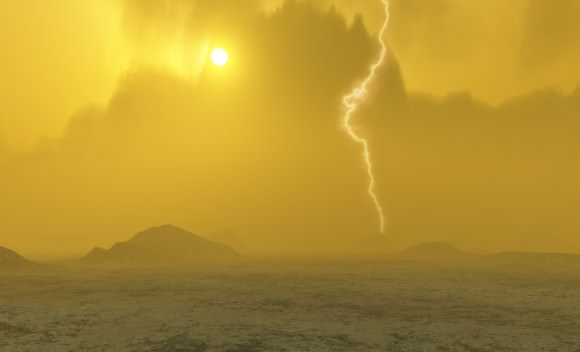
Yes, Venus is a planet of extremes. Extreme heat, extreme weather, and extremely long days! In short, there’s a reason why nobody lives there. But who knows? Given the right kind of technology, and perhaps even some dedicated terraforming efforts, people could one day being watching the Sun rising in the west and setting in the east.
We have written many interesting articles about Venus here at Universe Today. Here’s Venus compared to Earth, How Fast Does Venus Rotate?, What is the Weather Like on Venus?, How Long is a Year on Venus?, What is the Average Surface Temperature on Venus?, and How Long is a Day on the Other Planets of the Solar System?
For more information, check out NASA’s Solar System Exploration page on Venus.
Astronomy Cast also has a good episodes on the subject. Here’s Episode 50: Venus
Sources:




